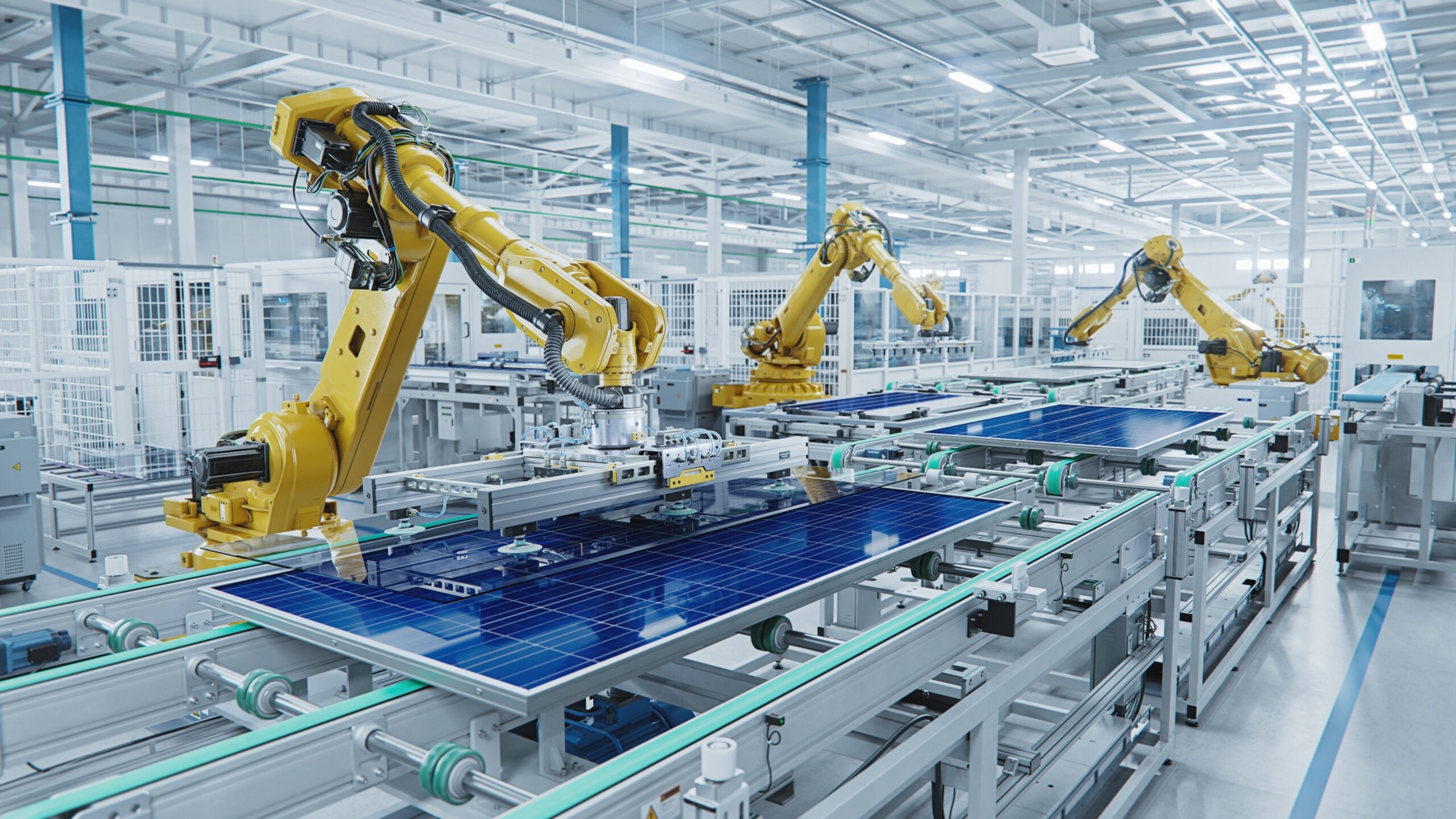
Uncover hidden sources of energy efficiency potential in your production (Part 1/2)
Energy costs can account for up to 10% (or even 40% in energy-intensive industries) of production costs. Optimizing energy efficiency is easier than you think. This blog post provides key questions and a Smart Service to help with energy management.
EMMA Service has evolved into the Energy Management Service
According to a study conducted by Fraunhofer Gesellschaft, energy costs account for up to 10% of all production costs. They can be even up to 40% in energy-intensive industries. Thus, increasing energy efficiency is a desirable goal. Companies that are investing in this area, however, expect a payback period of one to three years – a very short time to optimize all processes.
Nevertheless, the effort is worth it: Apart from decreasing costs, you can also become a sustainable company in a future where energy might become a limited resource. So how do you start? The good news is that optimizing your energy efficiency is easier than you might think. You just need to uncover information sources that every plant hides underneath its complex network of machines, sensors, and processes.
In this blog post you will learn about the key questions that are important for an energy-efficient production and how you can answer them. Additionally, you will learn which one of our Smart Services helps you optimize your energy management.
What does energy efficiency in production mean?
When you think about energy efficiency, reducing energy consumption may first come to mind. And this is true: If your machines use less energy, you save costs. Therefore, you’re energy efficient. To reduce energy, you optimize the productivity of plants, machines, and processes. This requires linking energy and production data so that you can analyze it and derive the necessary actions.
Additionally, the world strives to become more sustainable and to reduce CO₂ emissions as much as possible. New standards emerge or are already in place such as ISO 50001 and you are required to meet them. It becomes necessary to document your actions and compare them so that you can verify that you are acting accordingly.
Summarized, an energy-efficient production involves:
- Prepare a list of equipment and systems
- Identify SEUs (Significant Energy Use)
- Determine current energy performance and implement monitoring
- Plan how to decrease energy consumption of your plants, machines, and processes
- Creating transparency by linking energy and production data
- Meeting legal requirements
- Documenting your actions
Key questions concerning energy efficiency
With these goals in mind, the following key questions arise:
- How much is your energy consumption at different assembly times (off, standby, ready for operation, in operation)?
- How much energy does it cost you to produce a piece or an assembly group?
- How much energy is necessary to produce a certain number of pieces?
- Do two similar machines/plants consume the same energy or is there a difference?
- How can you determine if and where there is saving potential in your operations?
- How can you better negotiate with your energy supplier?
The data to answer all these different questions is there – you just need to collect, analyze, and compare it. Often, this is done by hand, e.g., by writing down machine data into a sheet. But this approach takes a lot of time and is prone to errors. A better choice is a smart software solution that takes over this complex work. It helps you document your energy saving efforts and makes it possible to verify that you meet your goals.

